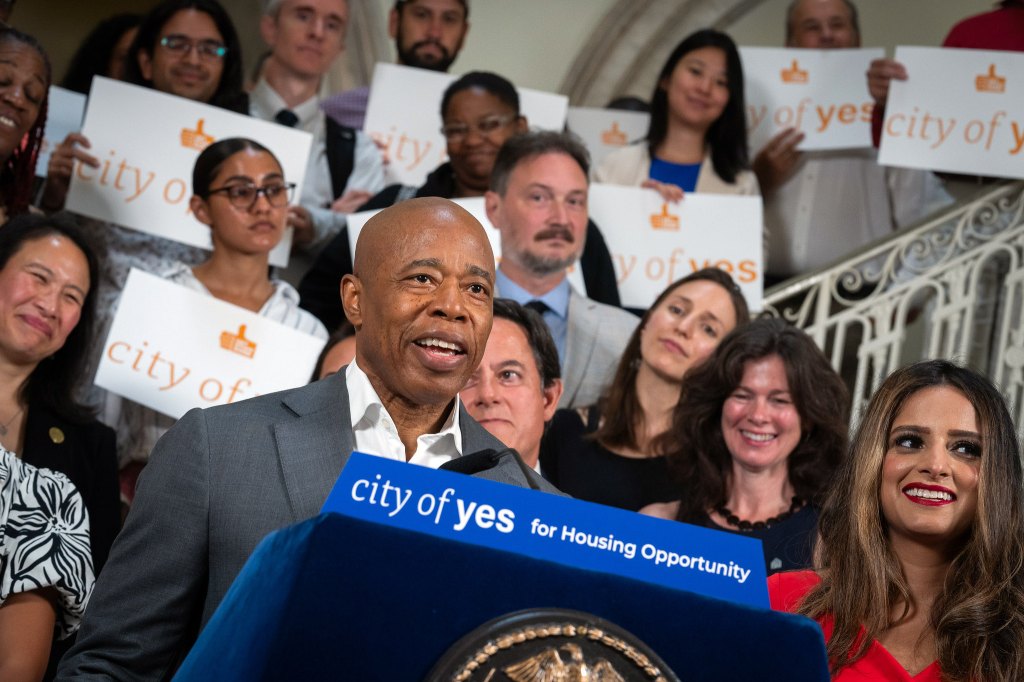In celebrating the creation of nearly 15,000 affordable units and the preservation of more than 10,000 during the last fiscal year, Mayor Adams’ administration made it clear that this would not have been possible without the often-maligned 421a tax abatement program, with more than 40% of new units in buildings using 421a. It was terrible for the Legislature to ever let it expire.
No one knows if the replacement program, called 485x, will be able to replicate the incentives that private builders say they need.
There are some public policy areas where we have more opportunity to seek to perfect the approach and potentially fail the first or second time something is tried. If the city rolls out subway gun scanners that don’t work, they just get taken down eventually. But when it comes to housing, we do not have the luxury of time, nor the benefit of trial and error.
That doesn’t mean that experimentation and innovation isn’t a good thing, but we must do what works now, because we’re already racing against the clock. Sure, the tax breaks might be just a carve-out from a poorly-built property tax system that should itself be overhauled, and we understand grumbling about them being a giveaway to developers that, despite the folksy small-landlord presentation from some of their advocacy groups, are just as often giant and very profitable corporations.
None of that changes the fact that 421a is responsible for creating thousands of affordable units, and the people in those units are probably not going to spend much time thinking about the exact mechanisms that got them a place to live in a city whose lack of housing stock has been squeezing out the middle and working class. If you’re upset about greedy landlords, by the way, you should know this state of affairs benefits them primarily, which you can hear straight from them.
As economist Jay Parsons pointed out on Twitter, Equity Residential, one of the nation’s largest institutional real estate investment firms, bragged to shareholders in an earnings call that NYC had the “best supply-demand dynamics in the country for the next couple of years,” which is a slightly more technical way of saying that the extreme demand paired with the city’s lack of housing stands to help the company make a lot of money. It’s always good to hear it straight from the horse’s mouth, but this was obvious. Whatever financial incentives 421a provides, they seem to be worth the expense to increase the affordable housing stock.
You’ll notice that company representatives didn’t just say the outlook is good now, but will be the best in the country for the next couple years, which really means that, despite record affordable housing construction and preservation, the firm expects this dynamic to persist.
It’s incumbent upon our leaders to prove them wrong, which will entail not only keeping the tax breaks but having the City Council sign off on Adams’ City of Yes housing plan. While 421a and successor program 485x can favorably shift some of the financial considerations of housing construction, City of Yes can shift some of the practical ones, including by axing unnecessary zoning obstacles and allowing larger construction for affordable units specifically.
